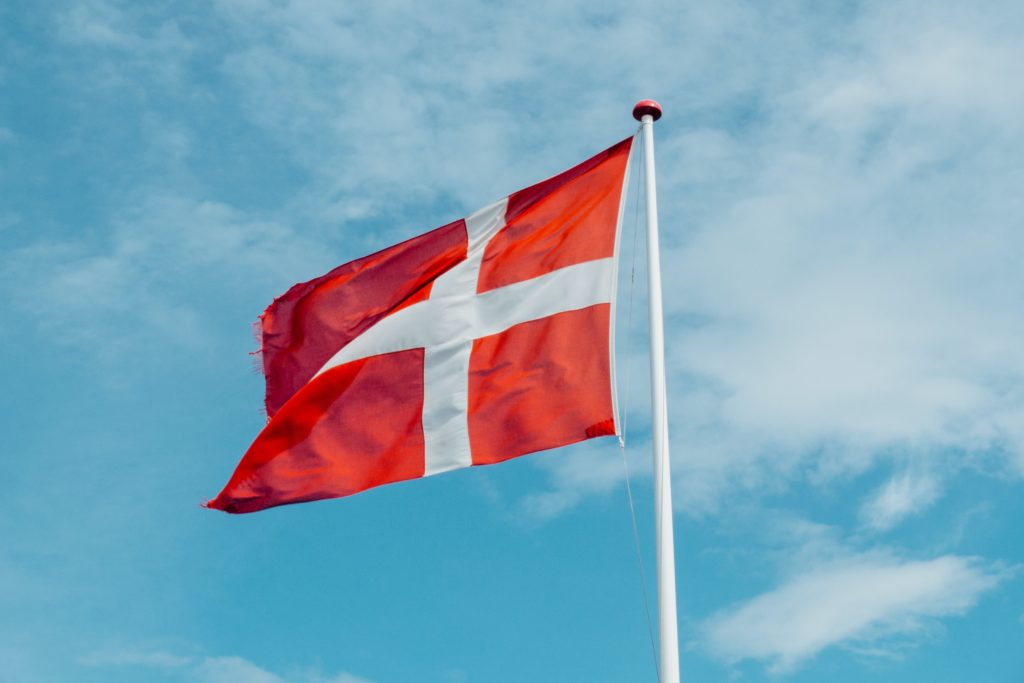Denmark is a wealthy, sophisticated civilization with cutting-edge architecture and transportation systems, a highly skilled workforce, and a strategic position that makes it an ideal distributing hub for Scandinavian, Northern European, and Baltic regions. Denmark’s financial state is strong, and the country entered the global COVID-19 epidemic in a strong condition.
Denmark is a full participant of the European Union and the World Trade Organization. Continue reading for a summary of trade treaties with the EU and its Member Countries and brief descriptions.

EU-China
The EU and China agreed to the Comprehensive Agreement on Investment on December 30, 2020. (CAI). The accord gives European companies more exposure to Chinese industry.
China has agreed to treat EU firms more fairly in the accord, enabling them to operate in a more equitable competition in China. l
Both parties committed to resuming agreements on capital safeguarding and financial conflict resolution within two years of the treaty’s ratification.
EU-United Kingdom
On December 24, 2020, the EU and the UK signed a deal on their potential partnership. On December 30, 2020, they officially ratified the EU-UK Trade and Cooperation Treaty.
After being approved by the European Legislature and adopted by the Cabinet, the treaty went into effect on May 1, 2021.
EU-Newzealand
The European Union has begun talks with New Zealand on a substantial and extensive trading relationship. As per the impact analysis, trading between New Zealand and the EU may grow by 36 percent, with goods trade increasing by 47 percent and services trade growing by 14 percent.
The goal of the commercial talks is to lower current obstacles to merchandise exports and ensure that European firms operate on an equal footing with enterprises from other nations. This pact encourages growth that is efficient, durable, and equitable.
EU-Australia
As per a study, commerce in commodities between the two countries might expand by a third. The major goal of the trade talks is to remove barriers and assist EU companies in exporting more. Its purpose is to put European companies selling to Australia on an equal basis with businesses from countries Australia has signed trade deals with. It enables EU firms to compete more effectively in Australian government procurement.
EU-Mexico
The European Union and Mexico have secured a “principal agreement” on the core trade provisions of a new EU-Mexico alliance. The new accord supersedes a prior deal signed in 2000 between the EU and Mexico. The initial trade pact provided the EU and Mexico with numerous trade perks; however, some trade restrictions still exist.
The new agreement will eliminate hefty Mexican taxes on European consumer goods and allows EU companies to sell more products in Mexico. It will promise to safeguard workers’ rights as well as the environment.
EU-Mercosur
The new EU-Mercosur trade agreement aims to boost bilateral trading and financing while lowering tariffs and non-tariff trade obstacles, particularly for small and medium-sized businesses. Through improved and tougher norms, this treaty aims to establish more consistent and reliable standards for business and finance. It promotes shared values such as enhancing labor rights, combating climatic disruption, improving ecological preservation, encouraging firms to operate ethically, and maintaining high food safety regulations.
EU-JAPAN
The Economic Partnership Agreement between the EU and Japan went into effect on February 1, 2019. The trade treaty with Japan eliminates duties and other commercial restrictions, as well as provides a forum for cooperation to avoid trade hurdles. It assists us in developing global trade norms that are consistent with our strict standards and common values. Furthermore, the deal sends a strong message that protectionism is rejected by two of the world’s largest economies.
EU-Canada
The Comprehensive Economic and Trade Pact (CETA) between the EU and Canada is a forward-thinking trade treaty. CETA has some of the most powerful pledges ever made in an EU trade deal, covering worker rights, environmental protection, and economic development. CETA combines the EU’s and Canada’s obligations to follow international labor standards, ecological safety, and climate policy.
EU-Vietnam
This deal allows both sides to enhance commerce while supporting jobs and prosperity. It intends to abolish 99 percent of all tariffs and legislative and red tape overlap. The deal ensures that geographical indications are also protected
EU-Singapore
A Free Trade Agreement and an Investment Protection Agreement have been established between the European Union and Singapore. The accords aim to eliminate practically all import duties and excessive bureaucracy, as well as increase trade for items such as technology, food, and medicines. It promotes a sustainable economy, eliminates trade barriers for green technologies, and expands the market for environmental services. Finally, the agreement motivates EU firms to engage more in Singapore, as well as Singapore firms to engage more in the EU.







